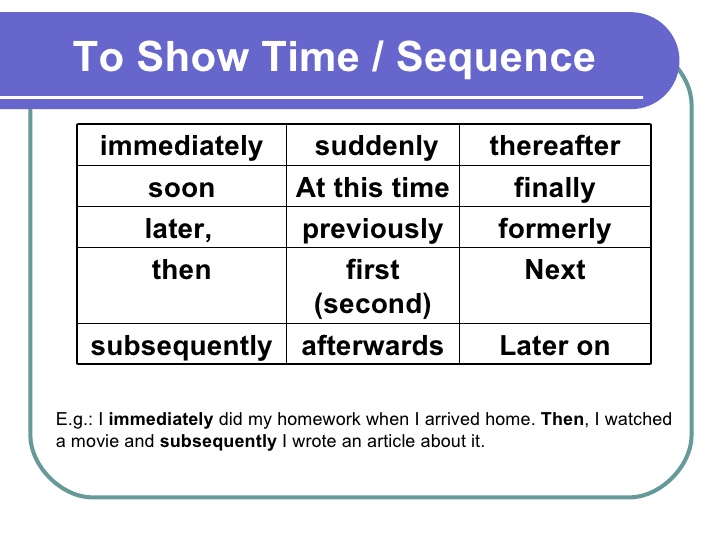
Category: Stellar Units
Unit 9 – Grammer (order of adjective)
Sometimes we use more than one adjective in front of a noun:
He was a nice intelligent young man.
She had a small round black wooden box.
Opinion adjectives:
Some adjectives give a general opinion. We can use these adjectives to describe almost any noun:
| good | bad | lovely | strange |
| beautiful | nice | brilliant | excellent |
| awful | important | wonderful | nasty |
Some adjectives give a specific opinion. We only use these adjectives to describe particular kinds of noun:
Food: tasty; delicious
Furniture, buildings: comfortable; uncomfortable
People, animals: clever; intelligent; friendly
We usually put a general opinion in front of a specific opinion:
Nice tasty soup.
A nasty uncomfortable armchair
A lovely intelligent animal
Usually we put an adjective that gives an opinion in front of an adjective that is descriptive:
a nice red dress; a silly old man; those horrible yellow curtains
We often have two adjectives in front of a noun:
a handsome young man; a big black car; that horrible big dog
Sometimes we have three adjectives, but this is unusual:
a nice handsome young man;
a big black American car;
that horrible big fierce dog
It is very unusual to have more than three adjectives.
Adjectives usually come in this order:
| 1 | 2 | 3 | 4 | 5 | 6 | 7 | 8 |
|---|---|---|---|---|---|---|---|
| General opinion |
Specific opinion |
Size | Shape | Age | Colour | Nationality | Material |
We use some adjectives only after a link verb:
| afraid | alive | alone | asleep |
| content | glad | ill | ready |
| sorry | sure | unable | well |
Some of the commonest -ed adjectives are normally used only after a link verb:
annoyed; finished; bored; pleased; thrilled
We say:
Our teacher was ill.
My uncle was very glad when he heard the news.
The policeman seemed to be very annoyed
but we do not say:
We had an ill teacher.
When he heard the news he was a very glad uncle
He seemed to be a very annoyed policeman
A few adjectives are used only in front of a noun:
| north south east west |
northern southern eastern western |
countless occasional lone |
eventful indoor outdoor |
We say:
He lives in the eastern district.
There were countless problems with the new machinery.
but we do not say:
The district he lives in is eastern
The problems with the new machinery were countless.
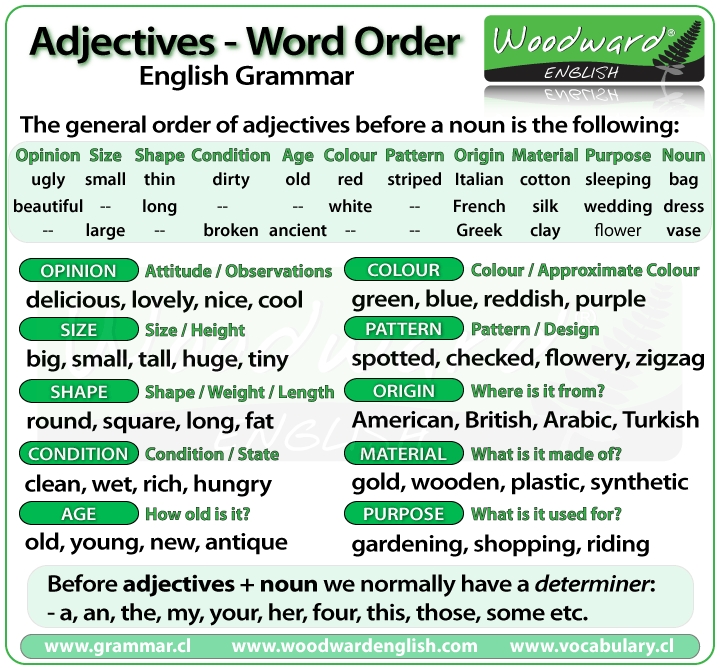
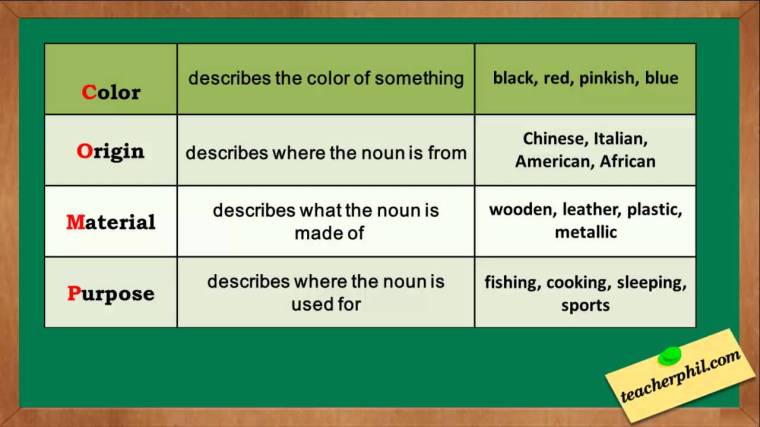
Unit 9 – Grammar (adverbs)
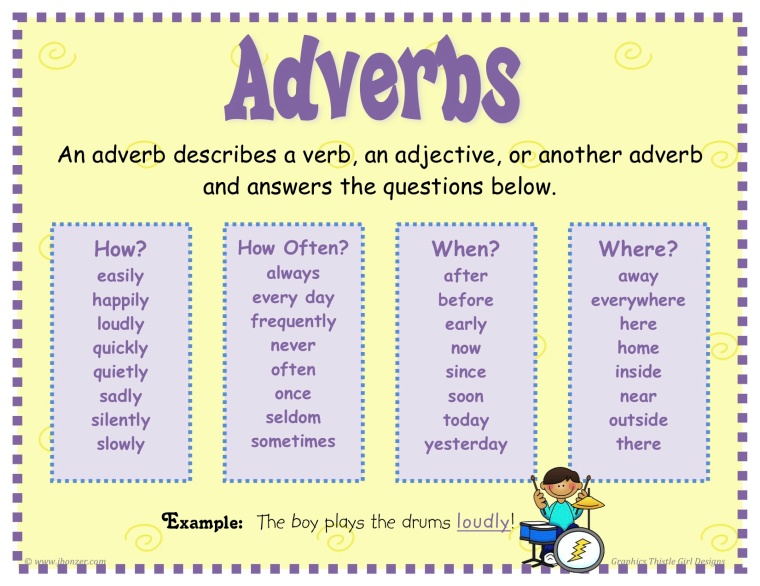
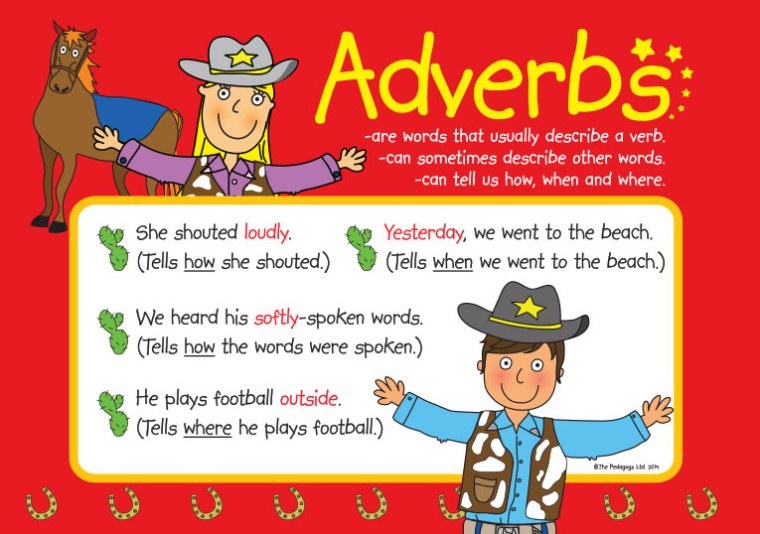
Adverb song – Padlet Reflection
Unit 9 – Grammar
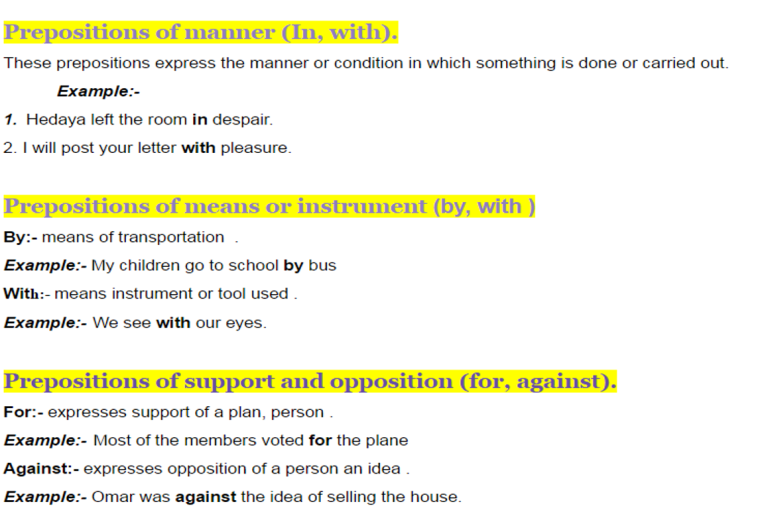
Unit 9 – “The Blink-off”
Learning Intentions:
a.focus on reading and writing stories.
b.use word identification skills to read sections silently.
c.identify what makes a story interesting, e.g., the unusual challenge of staring at each other to see who will be the first to blink and the ending with a twist (the challenger finally losing to a cat).
d.use language structures from the story in activities and in their writing.
e.use the text features of a story as a model for their writing.
Here’s the story that I will be sharing with you this week! It’s called The Blink Off. It is written bySharon L. Norris and illustrated by Ali Teo. Do comment on this story and tell me what you liked or disliked about the story. Did you learn anything from this story?
Unit 8: Stephanie Investigates
Hi Class,
Let us explore the vocabulary from Unit 8: Stephanie Investigates
Unit 8 Reading Text : Stephanie Investigates
https://prezi.com/embed/uro2flc_7lgq/?bgcolor=ffffff&lock_to_path=0&autoplay=0&autohide_ctrls=0&landing_data=bHVZZmNaNDBIWnNjdEVENDRhZDFNZGNIUE43MHdLNWpsdFJLb2ZHanI0NUd2K2h2ODNTSCtmZjFjRWZlMUNDOXBnPT0&landing_sign=n5cl-2S5wpANWqwTY4PTuRxpKxF_2UdnGOpHDatrhsM” target=”_blank”>Stephanie Investigates Vocabulary
I hope you can try using the flash cards to understand the meaning of the vocabulary in Unit 8:
https://quizlet.com/12667131/p3-stephanie-investigates-flash-cards/
Unit 7: “The Gruffalo”
Hi Class,
Please enjoy the narration video of “The Gruffalo”.
What are the new vocabulary or phrases you learnt from the story?
